I recently returned from a 10 day trip to Cuba. While there, I managed to squeeze in 3 cities- Havana, Trinidad and Cayo Santa Maria– and learn more about Cuba’s complicated history, experience its rich culture, and meet some wonderful people.
Despite its close proximity to the States, there’s a level of mystery that surrounds the island nation. This is due in part to the strained relationship and travel restrictions between the U.S. and Cuba. Thanks to recent policy changes that eased some of these tensions, Cuba is reemerging as a popular destination for U.S. travelers.
I had a lot of questions leading up to my trip. I’ve laid out the answers along with some tips below to hopefully make planning your Cuban getaway a bit easier. When traveling to Cuba, here’s what to know before you go!
BOOKING YOUR FLIGHT
Most U.S. carriers now offer commercial routes to Cuba, a practice that began in 2015. When I was researching flights, I found that Southwest and Spirit offered the lowest fares. I ended up booking with Southwest because they had fewer hidden fees and the visa, offered through their site, was only $50 compared to $70 with other airlines. For Two round trip tickets for my Russian and me from Fort Lauderdale to Havana, I spent $380 and that was with booking just 3 weeks prior to the travel.
Tip: Havana is the most common point of entry as it is the capital city and centrally located. But if you plan on visiting multiple cities, consider booking your return flight from an airport nearest the last stop on your itinerary. We flew into and out of Havana, but we should have booked our return from Santa Clara, which was much closer to Cayo Santa Maria where we ended our trip.
OBTAINING A VISA
Although restrictions were eased in 2015, U.S. citizens traveling to Cuba must obtain a visa and meet 1 of 12 categories for travel (listed below). The category commonly used by U.S travelers is support for the Cuban people. Most airlines offer travelers the option to purchase their visa through their website at the time of booking.
After booking your flight, you’ll automatically be prompted to the visa site. There, you’ll fill out a quick application form and select your category of travel. After submitting the form, you’ll receive an email confirmation, which you’ll need to print out and have with you the day of travel. You’ll pick up the visa at the airport prior to check-in (ask an agent to direct you to the visa desk). Here’s a link to the site I used.
Visa categories:
- Family visits
- Official business of the U.S. government, foreign governments, and certain intergovernmental organizations
- Journalistic activity
- Professional research and professional meetings
- Educational activities
- Religious activities
- Public performances, clinics, workshops, athletic and other competitions, and exhibitions
- Support for the Cuban people
- Humanitarian projects
- Activities of private foundations or research or educational institutes
- Exportation, importation, or transmission of information or information materials
- Certain export transactions that may be considered for authorization under existing regulations and guidelines
CURRENCY
The Cuban currency is the CUC – Cuban convertible peso. 1 CUC is approximately .80 USD. When exchanging money, be aware that changing USD to CUC has an added 10% service charge. To avoid this fee, it’s best to convert your U.S. dollars to Euros before you depart the States. You can exchange dollars for Euros at any U.S. bank, but you’ll need to order them a day in advance to ensure the bank has them on hand.
It’s a good idea to take out a bit more cash than you need because once you’re in Cuba, your debit card will not work at ATMs. I recommend changing your Euros to CUCs at the airport as soon as you arrive. That was the best exchange rate we found throughout the trip. Just prepare yourself for a long wait as several flights arrive at the same time and the tellers are in no rush to keep the line moving!
Tip: Cuba has two different local currencies, the CUC (Cuban convertible peso) and the CUP (Cuban peso) and the difference in value is huge: 25 CUP = 1 CUC. Keep an eye out when making purchases that you’re receiving the correct change (CUCs not CUPs) because some merchants will try to trick you. You can tell them apart because CUCs have monuments on them (more valuable) and CUPs have faces on them (less valuable). Here’s a link to an illustration.
WEATHER
Cuba enjoys a tropical climate with springtime temperatures reaching the 80s. Evenings can be breezy and cool, so those prone to chill will want to have a light sweater on hand. Cuba’s rainy season is May – October, but even if it does rain it usually clears up pretty quickly.
We were greeted to a torrential downpour upon arrival. The streets were so badly flooded that water seeped into our cab on the ride from the airport to the hotel. Somehow the 30 year old Russian car made it through the river without stalling! Luckily it was the only major storm we faced throughout the trip.
ELECTRICAL
No adapters are needed in Cuba. They have the same 2 prong outlets that are found in the States. The voltage is 110 (220 in hotels), but so long as your appliance has a converter (as most cell phone/computer chargers do) you’ll be fine. Items such as blow dryers or straighteners will require a converter, but don’t bother packing that stuff- you’re going to a tropical island!
TIME ZONE
Cuba is in the Eastern time zone.
BOOKING A ROOM
While Cuba has many beautiful and historic hotels, particularly in Havana, I recommend renting a room or apartment through Airbnb or the local booking site, casaparticular.org.
Tip: Our host in Havana, Victor, informed us that unlike casaparticular.org, the government isn’t directly involved in Airbnb bookings, which results in more profit for the host.
Renting a room is really the way to go because it allows you meet and interact with locals and other travelers while also fulfilling your visa requirement (support for the Cuban people).
Tip: In addition to room rentals, Airbnb now offers tours so you can book your stay and plan your itinerary all in one place!
WHAT CITIES TO VISIT
The city of Havana may be the best known destination in Cuba, but there is so much more to see outside the famous capital. Cuba is a large and diverse country with several bustling cities, quiet towns, romantic coastal regions, lush farmlands, and pristine beaches. In our 10 days, we spent time in Havana, Trinidad and Cayo Santa Maria. Vinales, Santiago, Santa Clara and Veradero are just a few of the other popular destinations worth seeing. No matter how long you stay, I encourage you to visit at least a couple different cities during your trip.
NOTE: The U.S. changed its Cuba policy since this post was written. You can learn more about how these changes impact U.S. travel to Cuba here.
Are you considering traveling to Cuba? What questions do you have? Have you visited the island lately? What info would you add? Share your comments below! For more info on planning your Cuban getaway, click here.
PIN IT!
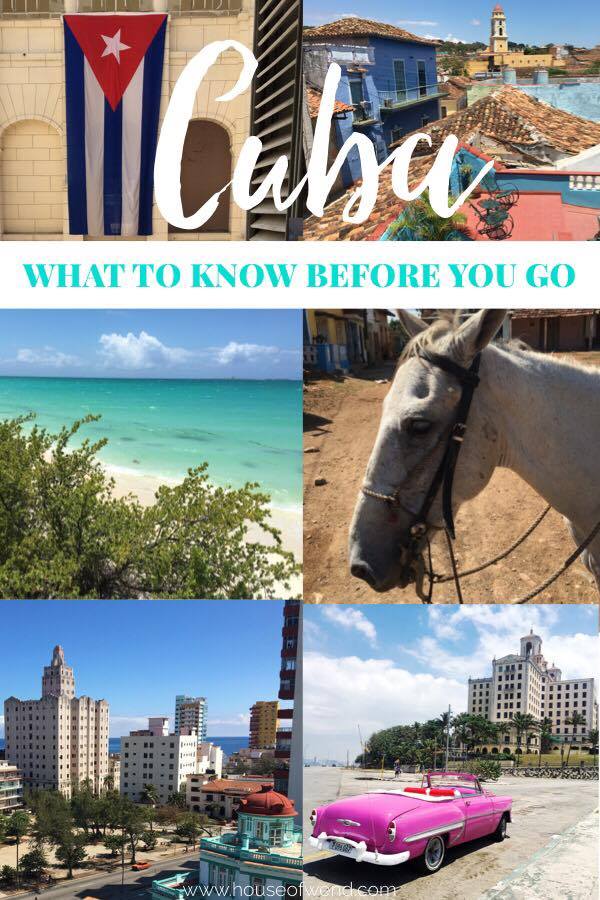

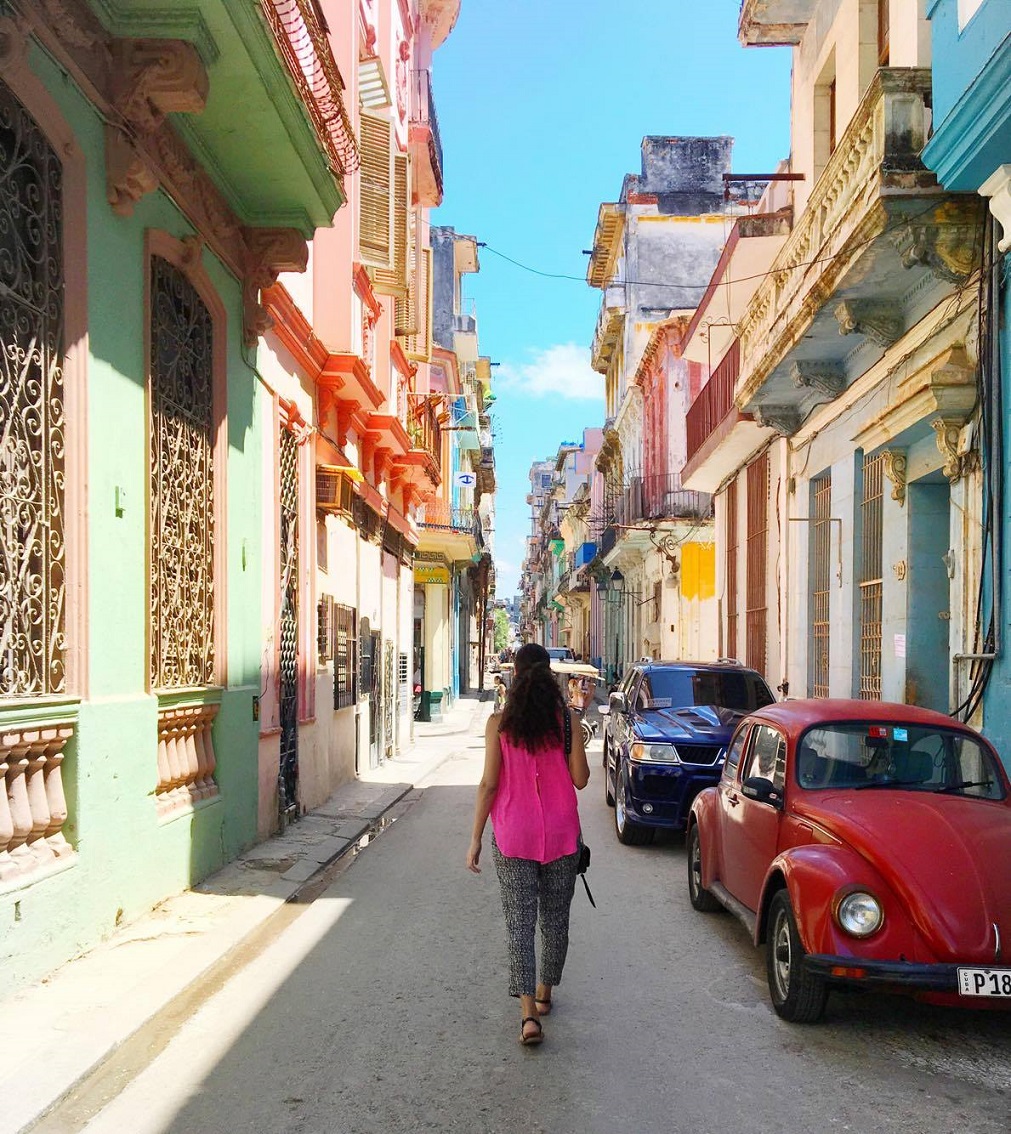
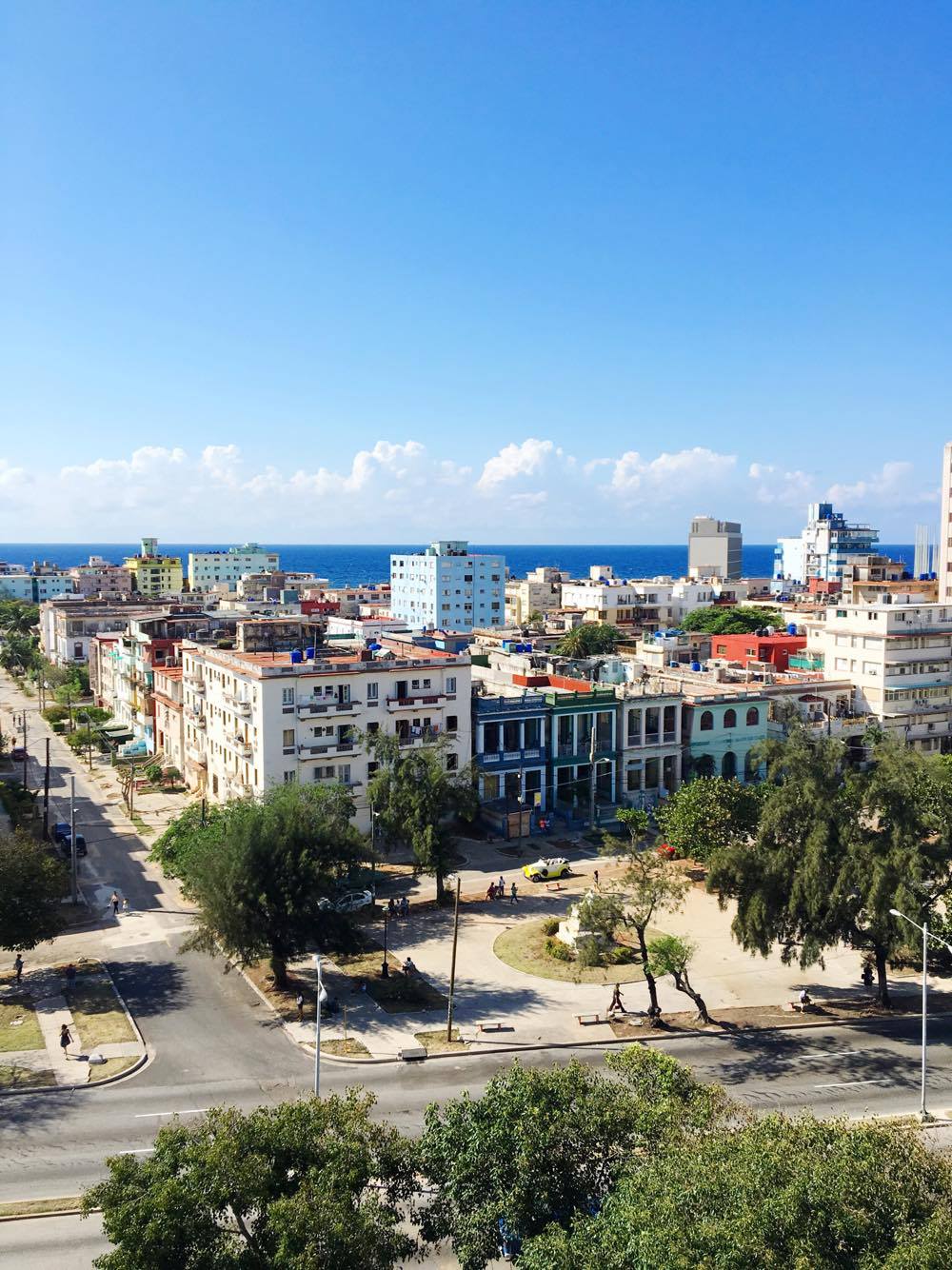
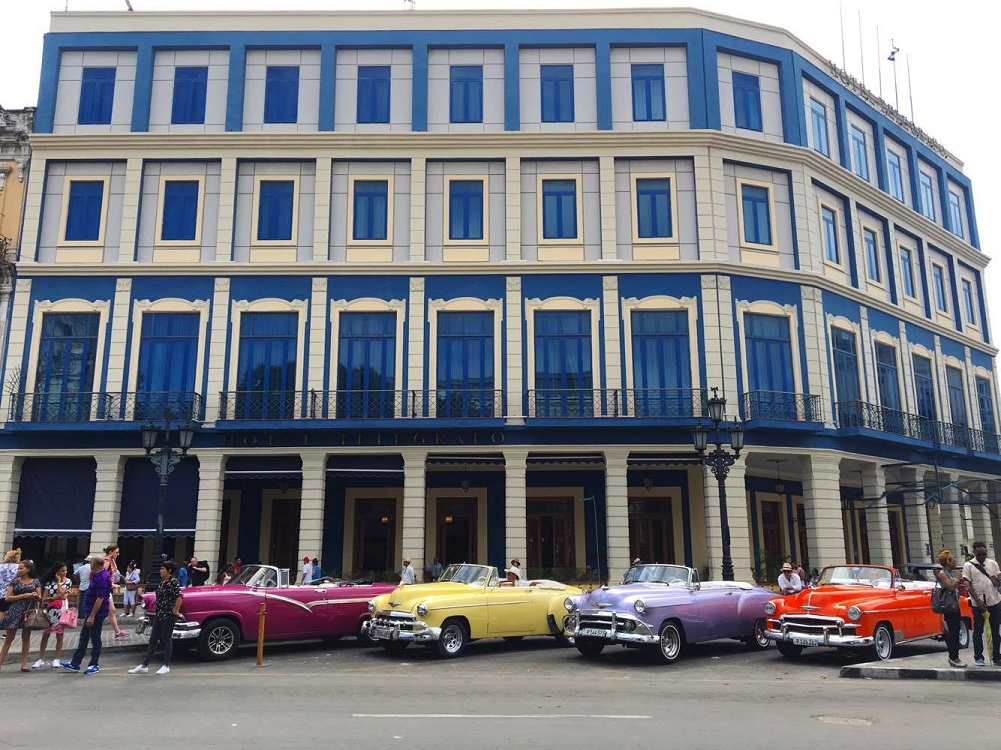
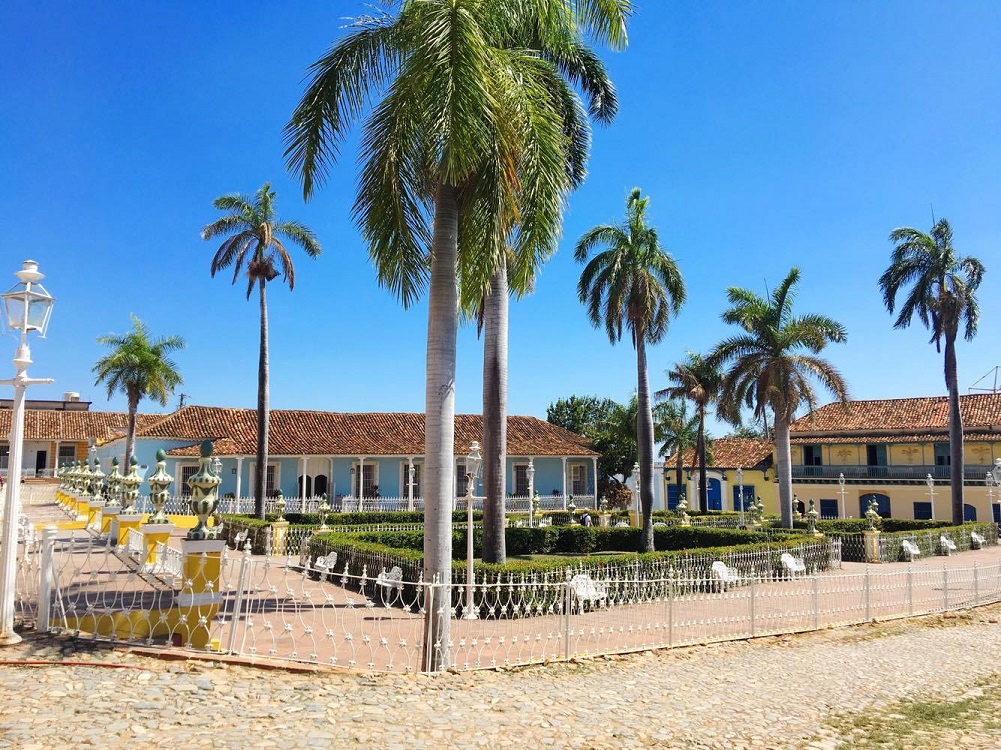
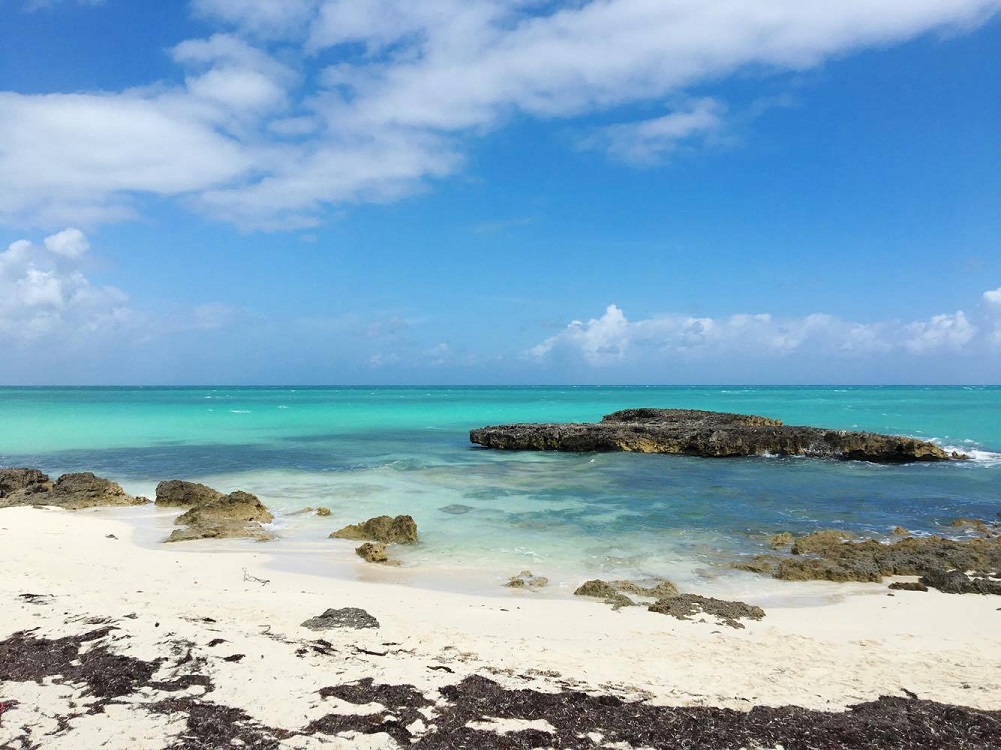
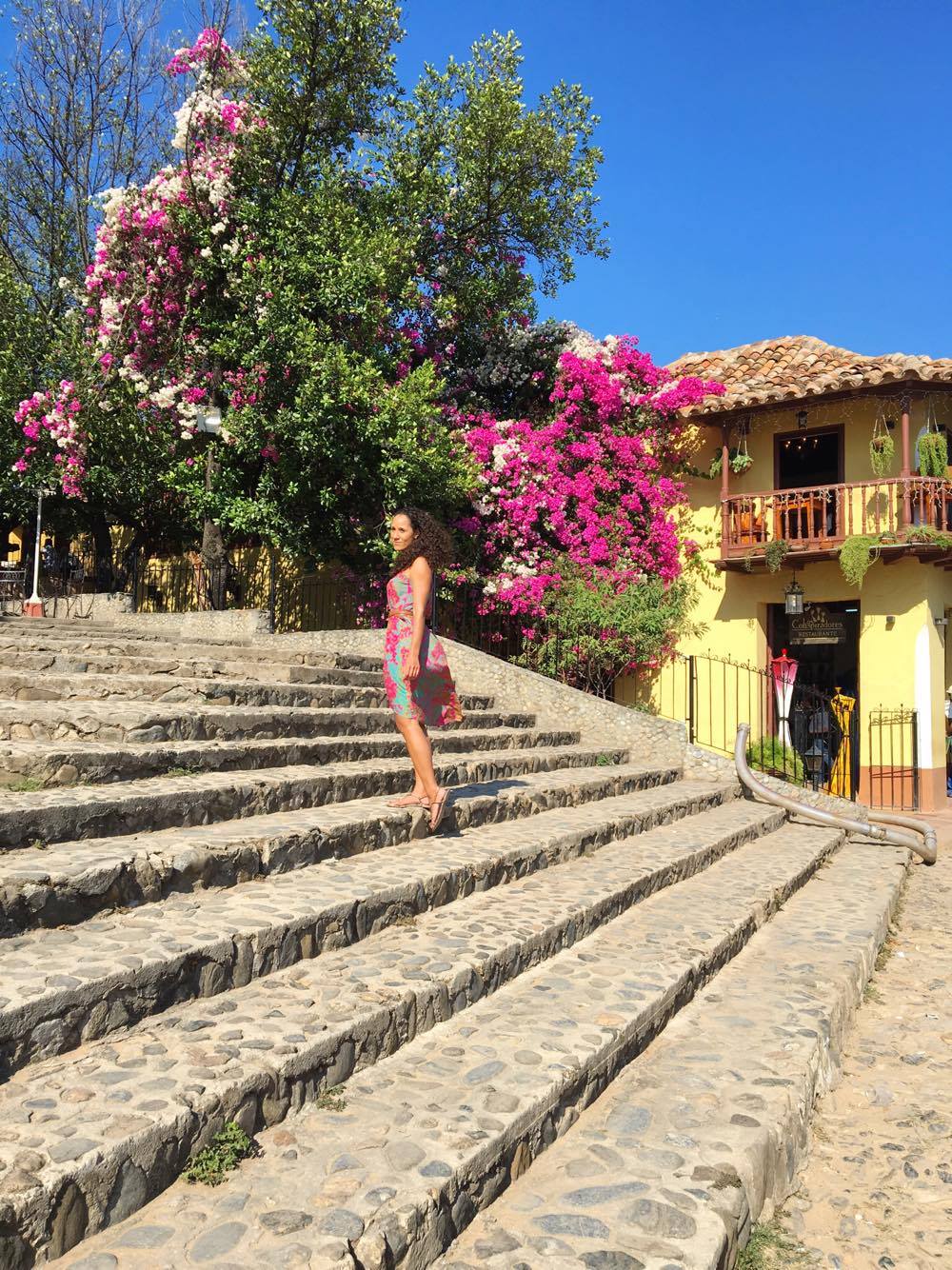
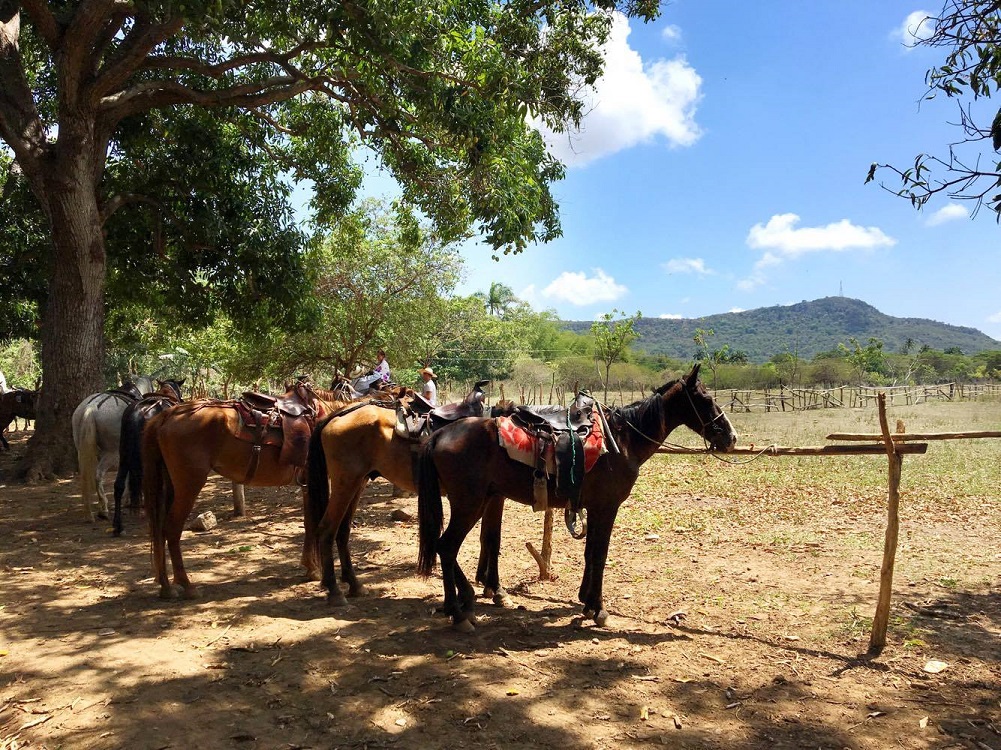
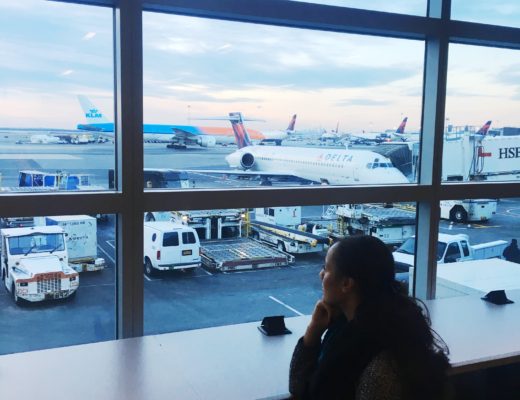
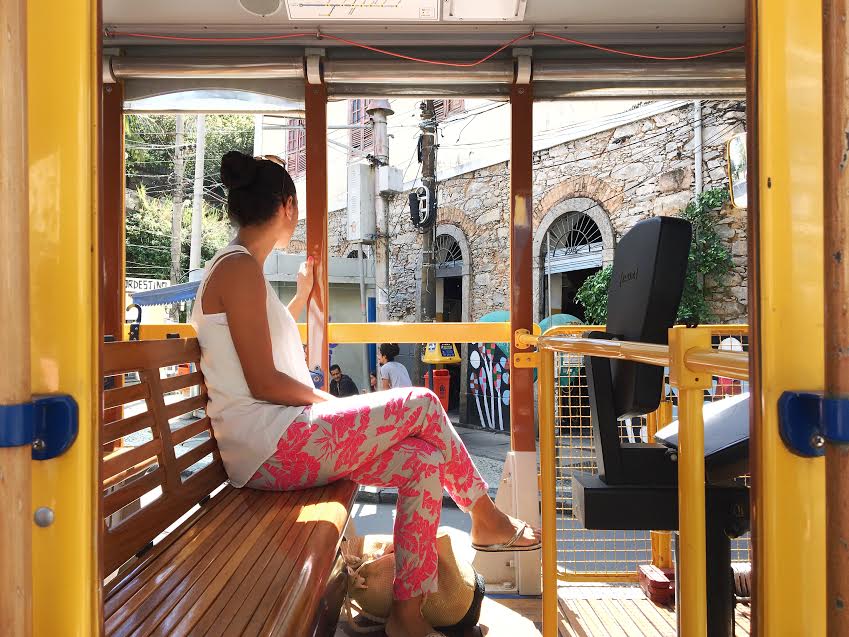

2 Comments
stephanie
May 13, 2017 at 6:09 pmCuba looks lovely! Great photos!
I would love to visit it someday 🙂
x
Sarah
May 14, 2017 at 6:09 pmThank you Stephanie! It’s such a unique destination. I encourage you to visit before increased tourism changes the character of the place. Thanks for your comment!